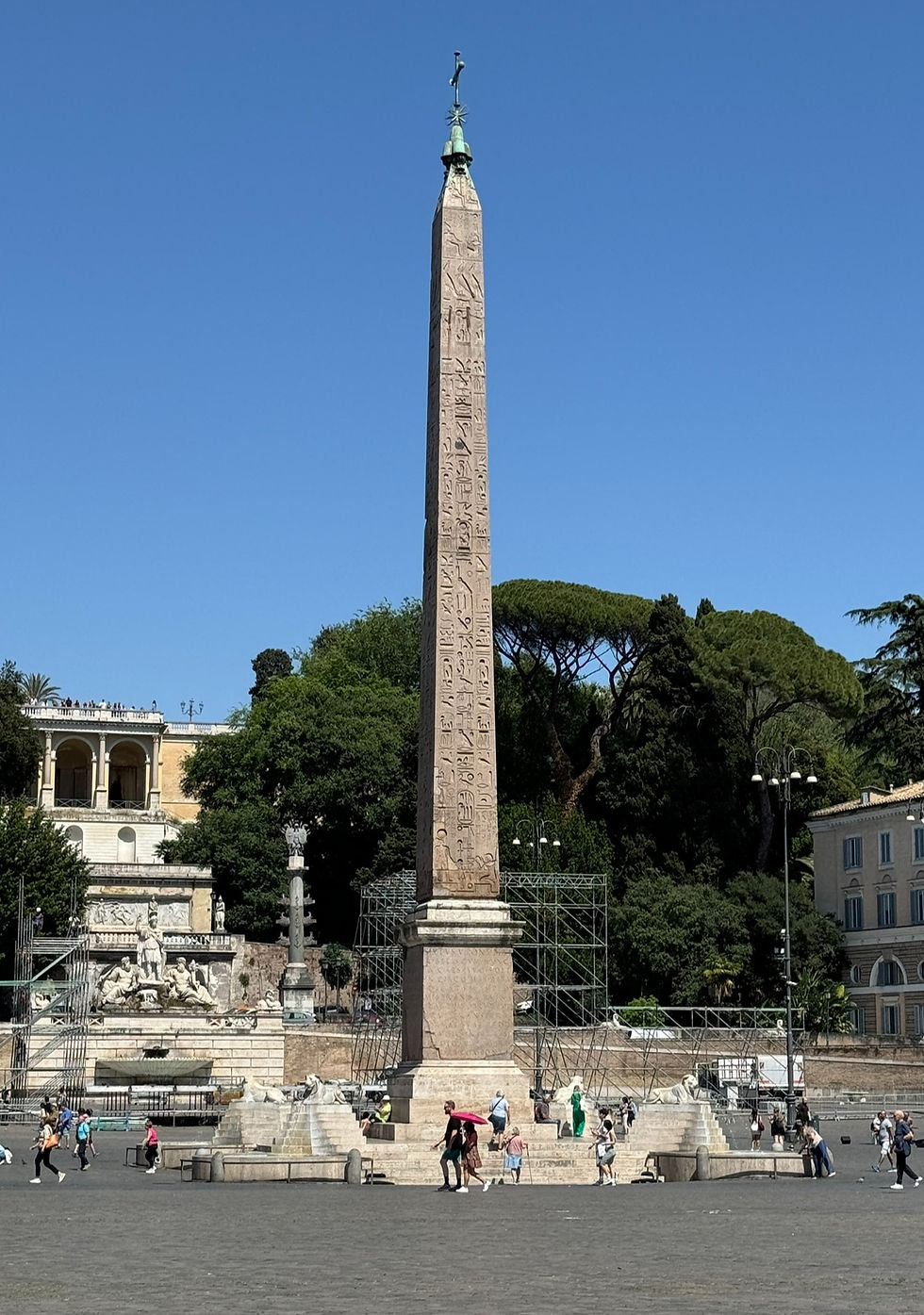Did Moses See This Stone Monument?
- John Moore

- Sep 16
- 2 min read

Located today at Sultanahmet Square in Istanbul, Turkey, this 65-foot granite obelisk dedicated to the Egyptian god Amun-Ra once stood at a temple in Karnak, Egypt. Commissioned by Thutmose III to commemorate his victorious military campaign over the Mitanni, this well-known Egyptian Pharaoh reigned from approximately 1504-1450 BC.
While the Bible does not reveal his name, it seems almost certain that it was Thutmose III who died prior to Moses’ return to Egypt following his flight to Midian (Exodus 2:23). According to some scholars, the exodus occurred in approximately 1446 B.C., so the Obelisk of Thutmose III would have most likely been standing at the door of the Karnak temple when Moses confronted the new Pharaoh of Egypt, Amenhotep II.
The Karnak temple was located only a few miles from Pharaoh’s palace and could have been seen by Moses at some point during the era of the 10 plagues and his time in Egypt. So yes, Moses may very well have seen the Obelisk of Istanbul where it was first erected at Karnak.
But how did it arrive in Istanbul, and why? After his rise to power between 306 to 324 A.D., Constantine, the newly crowned emperor of Rome moved the capitol of the Roman Empire to Byzantium, and renamed it Constantinople. To give further legitimacy to the decision to move Rome’s historic capitol, Emperor Constantine invoked a long-standing Roman tradition of bringing an Egyptian Obelisk to the Imperial capitol.
The first ever obelisk brought to Rome’s capitol city in Italy was by Augustus. He claimed it for his own after his victory in Egypt over Anthony and Cleopatra. In the years that followed, other obelisks were transported to the capitol city and became symbols of culture, military prowess, and religious devotion.

While the obelisk in Istanbul (Byzantium/Constantinople) was originally commissioned by Constantine, it did not arrive until the reign of Emperor Theodosius (379 to 395 A.D), and to this day the obelisk is associated with his name.
The obelisk was initially erected on the spina in the hippodrome and placed atop a marble base with intricate carvings depicting Theodosius I, his family, and his court. It also reveals scenes of the hippodrome races and the construction of the obelisk itself. Situating the obelisk in a prominent location such as at the spina was intended to honor sun cults and display the spoils of war.
Its 3,500 year existence is a vivid reminder of the rise and fall of nations and their temporary existence. The Egyptians, Romans, Ottomans, and now the Turkish nation have all claimed possession of this remarkable stone monument. It continues to exist, but the military leaders who so proudly bragged of the exploits have long since gone.
We should also observe that life is but a vapor (James 4:14). Kingdoms and kings will come and go; “He changes times and seasons; he removes kings and sets up kings” (Daniel 2:21), but God’s kingdom will last forever (Daniel 2:44).
by John W. Moore



Comments